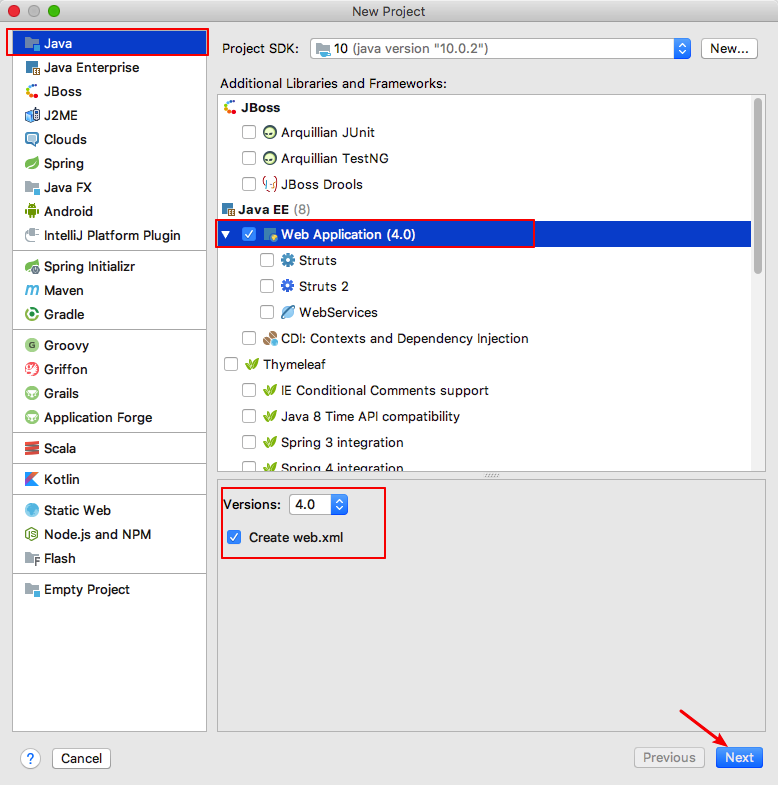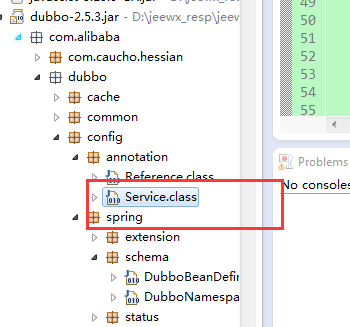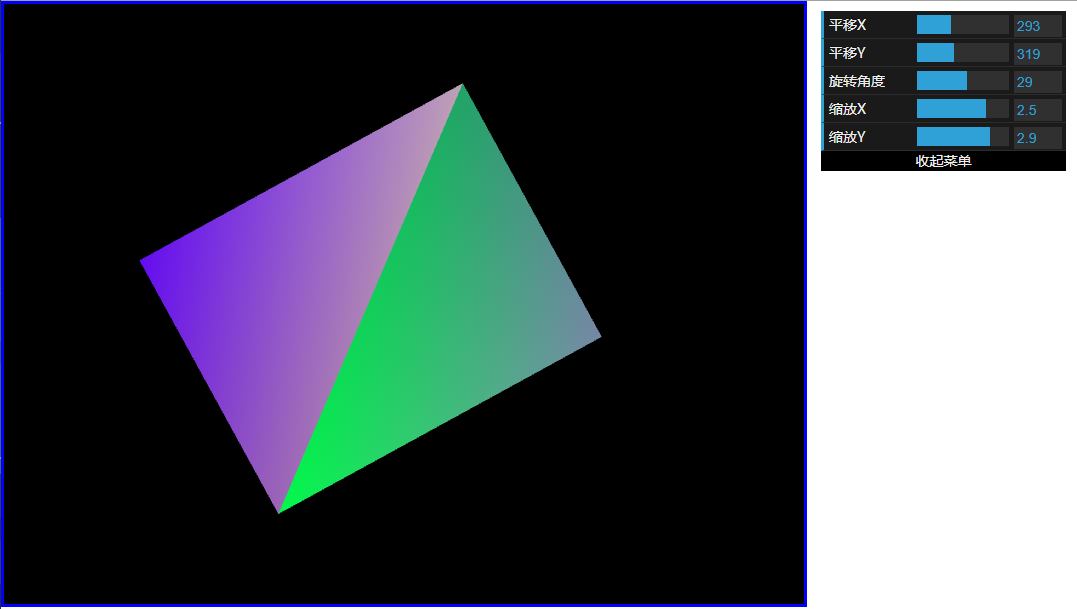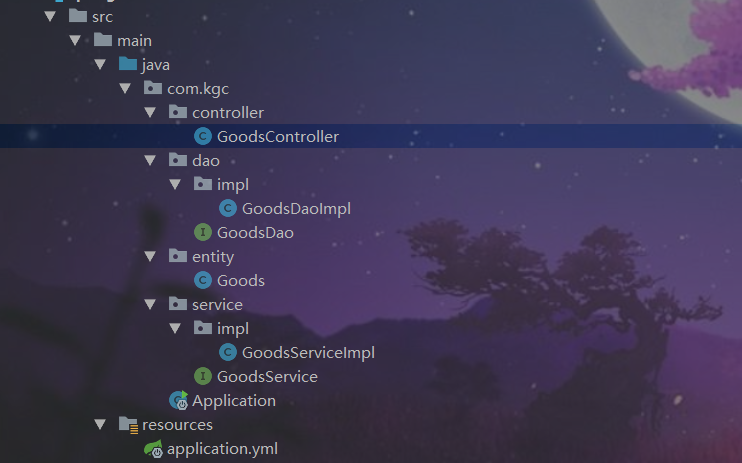Spring/SpringBoot--延迟加载/懒加载/延迟初始化/@Lazy注解--使用/原理
原文网址:Spring/SpringBoot—延迟加载/懒加载/延迟初始化/@Lazy注解—使用/原理_IT利刃出鞘的博客-CSDN博客
简介
本文介绍Spring中Bean的生命周期—延迟初始化。
- 延迟初始化通常又被称为“懒加载”。
- 延迟初始化定义:在启动时不初始化Bean,直到用到这个Bean的时候才去初始化。
- 默认情况下,Bean在启动时进行初始化。
延迟加载用法
法1:在@Component类上加上@Lazy注解
@Lazy@Componentpublic class XXXX {...}
法2:@Configuration类中配置@Bean时添加@Lazy注解
@Configurationpublic class XXXX {@Lazy@Beanpublic XXX getXXX() {return new XXX();}}
法3:@ComponentScan配置
@ComponentScan(value = "XXX.XXX", lazyInit = true)@Configurationpublic class XXXX {...}
法4:在XML文件中直接配置标签属性
<bean id="XXX" class="XXX.XXX.XXXX" lazy-init="true"/>
全局与局部延迟初始化
上边这些配置方法都是局部延迟初始化,全局配置延迟初始化的方法如下:
法1:application.yml
spring.main.lazy-initialization=true法2:在XML文件中直接配置标签属性
<beans ... default-lazy-init="true"/>法3:主程序开启
@SpringBootApplicationpublic class DemoSpringbootApplication {@Lazypublic static void main(String[] args) {SpringApplication sa = new SpringApplication(DemoSpringbootApplication.class);sa.setLazyInitialization(true);sa.run(args);}}法4:主程序开启
@SpringBootApplicationpublic class DemoSpringbootApplication {@Lazypublic static void main(String[] args) {SpringApplicationBuilder sab = new SpringApplicationBuilder(DemoSpringbootApplication.class);sab.lazyInitialization(true).run(args);}}
简单示例
Bean
package com.example.lazy;import org.springframework.context.annotation.Lazy;import org.springframework.stereotype.Component;@Component@Lazypublic class LazyTest {public LazyTest() {System.out.println("[LazyTest.LazyTest]: 10");}public void print() {System.out.println("This is LazyTest print");}}
ApplicationContext工具类
package com.example.lazy;import org.springframework.beans.BeansException;import org.springframework.context.ApplicationContext;import org.springframework.context.ApplicationContextAware;import org.springframework.stereotype.Component;@Componentpublic class SpringApplicationContextHolder implements ApplicationContextAware {private static ApplicationContext context;public void setApplicationContext(ApplicationContext context)throws BeansException {SpringApplicationContextHolder.context = context;}public static ApplicationContext getContext() {return context;}}
测试类
package com.example.controller;import com.example.lazy.LazyTest;import com.example.lazy.SpringApplicationContextHolder;import org.springframework.web.bind.annotation.GetMapping;import org.springframework.web.bind.annotation.RestController;@RestControllerpublic class HelloController {@GetMapping("/test1")public String test1() {LazyTest lazyTest = SpringApplicationContextHolder.getContext().getBean(LazyTest.class);System.out.println("即将执行lazy类的方法");lazyTest.print();return "test1 success";}}
测试
启动程序。结果:无相关打印。
访问:localhost:8080/test1
结果:
[LazyTest.LazyTest]: 10即将执行lazy类的方法This is LazyTest print
如果将LazyTest类上的@Lazy去掉,则一启动,就会打印构造函数中的内容:
[LazyTest.LazyTest]: 10
使用场景
1.解决循环依赖
2.解决在@Configuration中注入@Service注解的类
失效示例
非延迟加载的Controller
@Controllerpublic class TestController implements InitializingBean{@Autowiredprivate TestService testService;@Overridepublic void afterPropertiesSet() throws Exception {System.out.println("testController Initializing");}}
延迟加载的Service
@Lazy@Servicepublic class TestService implements InitializingBean {@Overridepublic void afterPropertiesSet() throws Exception {System.out.println("testService Initializing");}}
测试
启动打印:
testService InitializingtestController Initializing
分析
启动完Spring程序后输出了TestService里面打印的字符串。明明使用了@Lazy注解,却没有其作用,在Spring启动项目时还是加载了这个类。这就涉及到@Autowired等自动注入注解的使用了。
由于Controller类不是延迟加载的,且里面使用@Autowired自动注入注解注入了Service,因此在程序初始化时Controller将会被初始化,同时在处理@Autowired注解的字段时,会调用getBean方法从Spring工厂中获取字段的bean对象,因此通过@Autowired路线加在了Service,这就导致了@Lazy注解失效了,因此虽然没通过refresh方法流程初始化,但是却通过@Autowired的处理类初始化了。
解决方法:
法1:把Controller也改成@Lazy,让其在启动时不被加载,不触发@Autowired注解依赖链的调用即可。如下:
@Lazy@Controllerpublic class TestController implements InitializingBean{@Autowiredprivate TestService testService;@Overridepublic void afterPropertiesSet() throws Exception {System.out.println("testController Initializing");}}
法2:@Autowired的地方加上@Lazy。如下:
@Controllerpublic class TestController implements InitializingBean{@Autowired@Lazyprivate TestService testService;@Overridepublic void afterPropertiesSet() throws Exception {System.out.println("testController Initializing");}}
原理
简介
容器启动的时候 只处理 non-lazy-init bean,懒加载的bean在Spring启动阶段根本不做任何处理。
Spring 初始化入口 refresh
public void refresh() throws BeansException, IllegalStateException {synchronized (this.startupShutdownMonitor) {// Prepare this context for refreshing.prepareRefresh();// Prepare the bean factory for use in this context.prepareBeanFactory(beanFactory);try {// Allows post-processing of the bean factory in context subclasses.postProcessBeanFactory(beanFactory);// Invoke factory processors registered as beans in the context.invokeBeanFactoryPostProcessors(beanFactory);// Register bean processors that intercept bean creation.registerBeanPostProcessors(beanFactory);// Instantiate all remaining (non-lazy-init) singletons.// 初始化所有非懒加载的beanfinishBeanFactoryInitialization(beanFactory);// Last step: publish corresponding event.finishRefresh();}catch(){}}}
finishBeanFactoryInitialization(beanFactory);是跟本次主题有关的。
finishBeanFactoryInitialization(beanFactory)
public abstract class AbstractApplicationContext extends DefaultResourceLoader implements ConfigurableApplicationContext {protected void finishBeanFactoryInitialization(ConfigurableListableBeanFactory beanFactory) {//其他代码// 本处关注的代码beanFactory.preInstantiateSingletons();}// 其他代码}
finishBeanFactoryInitialization(beanFactory)里头有个初始化non-lazy-init bean的函数 preInstantiateSingletons()
preInstantiateSingletons
具体逻辑如下
1.对beanNames 集合遍历获取每个BeanDefinition
2.判断是否是懒加载的,如果不是则继续处理(non-lazy-init bean 不做处理)
3.判断是否是factorybean 如果不是则进行实例化并依赖注入
public void preInstantiateSingletons() throws BeansException {// Iterate over a copy to allow for init methods which in turn register new bean definitions.// While this may not be part of the regular factory bootstrap, it does otherwise work fine.// 所有beanDefinition集合List<String> beanNames = new ArrayList<>(this.beanDefinitionNames);// Trigger initialization of all non-lazy singleton beans...// 触发所有非懒加载单例bean的初始化for (String beanName : beanNames) {// 获取bean 定义RootBeanDefinition bd = getMergedLocalBeanDefinition(beanName);// 判断是否是懒加载单例bean。如果是单例的并且不是懒加载的则在Spring 容器if (!bd.isAbstract() && bd.isSingleton() && !bd.isLazyInit()) {// 判断是否是FactoryBeanif (isFactoryBean(beanName)) {Object bean = getBean(FACTORY_BEAN_PREFIX + beanName);if (bean instanceof FactoryBean) {final FactoryBean<?> factory = (FactoryBean<?>) bean;boolean isEagerInit;if (System.getSecurityManager() != null && factory instanceof SmartFactoryBean) {isEagerInit = AccessController.doPrivileged((PrivilegedAction<Boolean>)((SmartFactoryBean<?>) factory)::isEagerInit,getAccessControlContext());}else {isEagerInit = (factory instanceof SmartFactoryBean &&((SmartFactoryBean<?>) factory).isEagerInit());}if (isEagerInit) {getBean(beanName);}}}else {// 如果是普通bean则进行初始化依赖注入,此 getBean(beanName)接下来触发的逻辑跟// context.getBean("beanName") 所触发的逻辑是一样的getBean(beanName);}}}}



































还没有评论,来说两句吧...